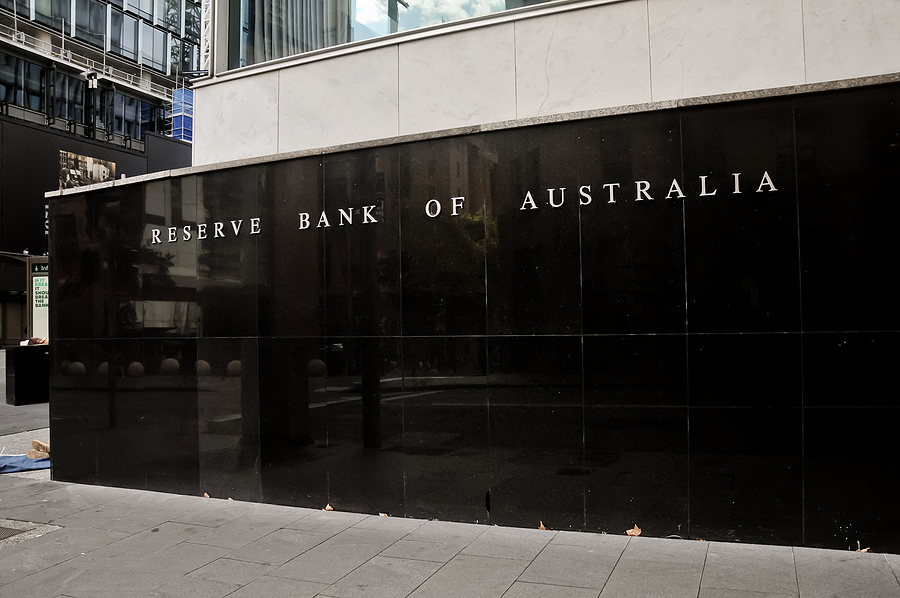Much of this year has remained fraught with uncertainty and instability in the markets. This, of course, has caused many investors to become nervous and impulsive about their investment decisions.
This article will help to ease some fears about market volatility and outline a behavioural approach to address emotional decision-making. Hopefully, this information will remind investors of taking long term approach to their investments and not make knee-jerk reactions to short term volatility.
Definition of Behavioural Approach
Behavioural finance and investor psychology are topics that most Australians don’t often consider – but they help to explain how we all feel about investing. And lets face it, when investments are going well – there is less to worry about and its natural to become over confident about investing. But the same is also true about investments falling – most investors will feel over cautious and overly pessimistic – feeling as though the investments will keep falling forever and suffering greater permanent losses.
Allowing emotion and feelings to cloud investment sentiment is human nature, despite us all knowing that that investment markets can be volatile and we will experience negative returns and volatility along the way, but overall there are always more good years than bad years – and markets do always recover in time.
These sorts of feelings inevitably produce more impulsive, emotion-driven investing decisions.
Examples of Cognitive Biases
- Confirmation Bias:“Confirming” what is already suspected or considered. This leads to ‘cherry-picking’ of information which affirms ideas without fully considering all factors.
- Recency Bias:Short-term thinking, which adds undue weight to more recent experiences. This is a short-term perspective that fails to understand investments concerning the long-term. It can lead to a spiralling of investment choices that may not align with investor risk tolerance.
Examples of Emotion Biases
- Loss Aversion:Experiencing more pain of loss than the happiness of gains. Investors may overreact to even milder losses, which may cause the hasty selling of investments or holding of prior ‘winning’ investments.
- Familiarity Bias:Many investors keep their perspectives only on what they know or understand. This could cause blind spots in portfolio diversification and gaps in return potential.
Understanding these behavioural characteristics goes beyond risk assessment and identifies fundamental behavioural triggers that lead to panicked or fear-driven decisions. Being aware of how you may react to volatility can help decrease emotion-driven decisions. In the long term, this likely results in better returns for investors.
Remembering the Past and Highs and Lows
Short-term thinking can induce rash investment decisions and action. This, of course, produces less-than-desirable outcomes — particularly long-term.
Another method of addressing this issue is to consider short-term experiences within the context of past market performance. The market always ebbs and flows. Interest rates go up and down. Political and economic circumstances have always impacted it. Currency moves, the emergence of new ideas and technology – There have always been many situations in the past that have impacted the economic climate.
None of these are a new phenomenon within the market. Accordingly, demonstrating this truth of the market could help curb panic and anxiety-driven decisions.
Managing Behaviour May Lead to Better Outcomes
According to researcher Stephen Wendel, behavioural management starts with properly understanding and assessing what leads to panicked decision-making. Typically, it follows a 5-stage process:
- Investment volatility:specific investments could face volatility
- Information discovery:investor learns of the volatility
- Emotion:emotional responses are triggered by this information — usually fear or anxiety
- Decision:a decision is made, fuelled by the negative emotional response
- Action:investors act on the decision with negative consequences
Financial planners can help mitigate the adverse effects of this process by understanding how it progresses and identifying key methods to stopping it becoming all consuming. Utilising behavioural techniques can prevent impulsive decision-making and yield better returns for investors.
When you first receive advice and the continued discussion during your reviews careful consideration is given to the following areas:
- Addressing your risk profile and ensuring it is reflective of your current circumstances.
- Asset Allocation in light of understanding behavioural biases and making adjustments to ensure you continue to be adequately diversified.
- Tracking you Goals and Objectives and ensuring they are still relevant.
(GNS Group)
GNS Group Pty Ltd is an Authorised Representative of Count Financial Limited. ‘Count’ and Count Wealth Accountants® are trading names of Count Financial Limited ABN 19 001 974 625 Australian Financial Services Licence Holder Number 227232. Count is 85% owned by CountPlus Limited ACN 126 990 832 (CountPlus) of Level 8, 1 Chifley Square, Sydney NSW 2000 and 15% owned by Count Member Firm Pty Ltd ACN 633 983 490 of Level 8, 1 Chifley Square, Sydney NSW 2000.
Sources:
- James F. Chapman, “Beware of Behavioral Biases during Market Volatility,” The Driven Fiduciary, May 4, 2022.
- Michelle Fox, “Here’s how to keep emotion out of your investment decisions amid a volatile market,” CNBC, Feb. 22, 2022.
- PIMCO, “The Importance of Behavioral Guidance,” 2022
- Wells Fargo Investment Institute, “The perils of trying to time volatile markets,” Sept. 28, 2021.
- Stephen Wendel, “Using a Behavioral Approach to Mitigate Panic and Improve Investor Outcomes,” Journal of Financial Planning, Feb. 2008.





